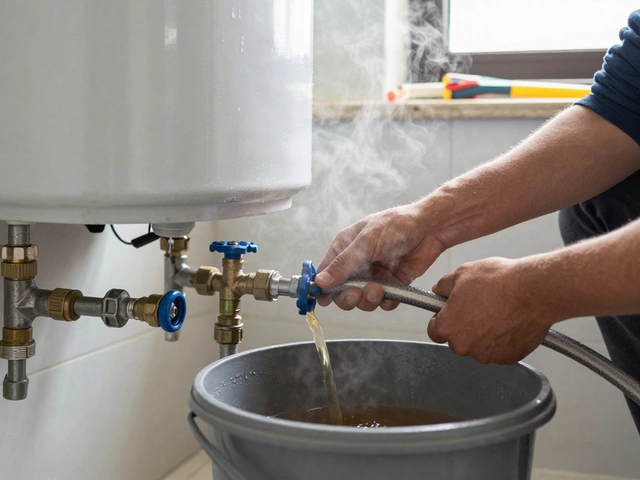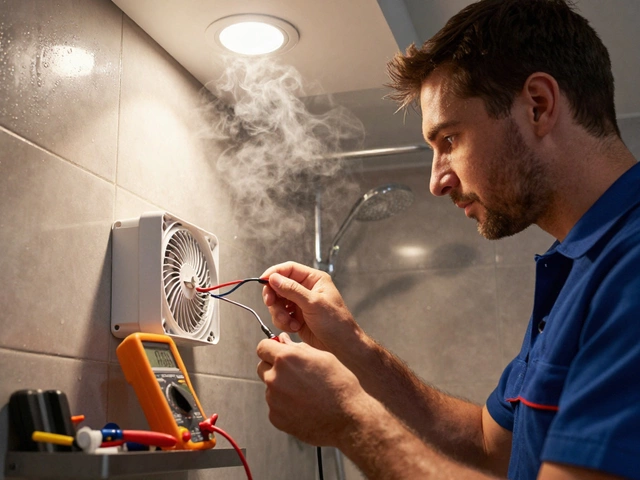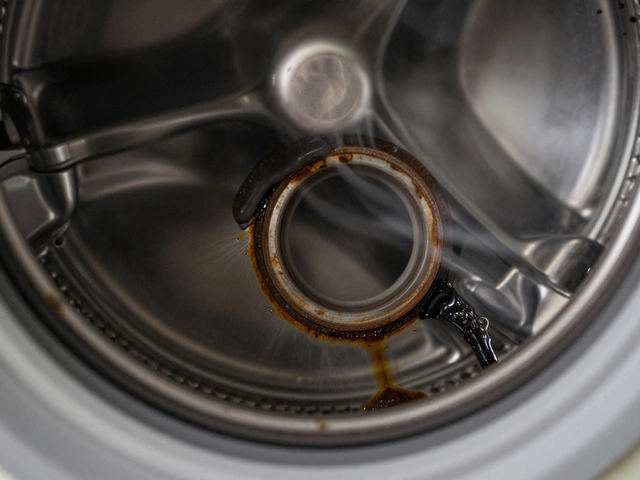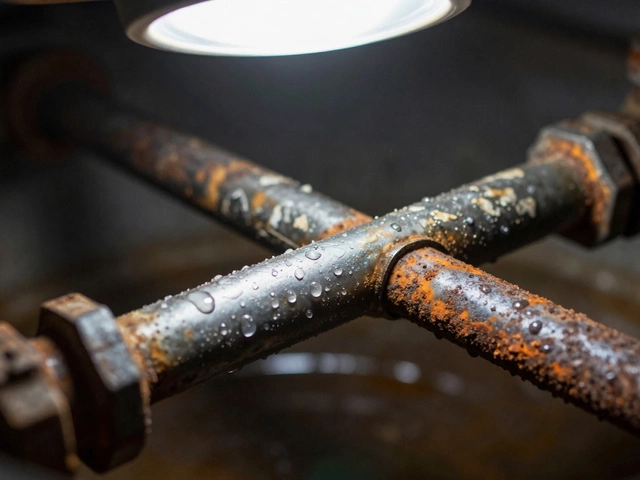Stove Maintenance: Simple Steps to Keep Your Cooktop Working Like New
Whether you love whipping up breakfast or cooking big family dinners, a reliable stove is core to daily life. A bit of regular care can stop costly breakdowns and keep heat even and safe. Below are practical, no‑nonsense actions you can do yourself without calling a tech every month.
Everyday Care for Your Stove
1. Wipe spills right away. Food that hardens on burners or under the oven door creates stubborn stains and can affect temperature control. Use a soft damp cloth and a mild dish‑soap solution. Avoid abrasive pads – they can scratch glass‑top surfaces.
2. Keep the burners clean. For gas stoves, remove the grates and burner caps weekly. Soak them in warm, soapy water, scrub with a non‑metal brush, then dry thoroughly. For electric coil tops, lift the coil out, clean the area with a vacuum brush, and replace the coil when it looks burnt.
3. Check the ignition. If you hear a clicking sound but the flame won’t stay lit, the igniter may be dirty or misaligned. Turn off the gas, clean the tip with a toothbrush, and make sure it’s centered.
4. Test the oven temperature. Place an oven thermometer inside and set the oven to 180°C (350°F). If the reading is off by more than 15°C, the thermostat may need calibration. Many modern ovens let you adjust this via the control panel; otherwise, call a pro.
Deep Cleaning & Seasonal Checks
5. Clean the oven interior. Every three months, spread a thin layer of baking soda mixed with water on the walls, let it sit overnight, then spray with vinegar and wipe clean. This removes grease without harsh chemicals that can damage seals.
6. Inspect the door seals. A worn gasket lets heat escape, raising energy bills. Run a finger around the seal; if you feel gaps or cracks, replace it. Replacement kits are cheap and fit most models.
7. Service the gas lines. Once a year, check the flexible hose connecting the stove to the wall for cracks or wear. A leak isn’t always obvious, but you can spray a light mist of soapy water on the connections – bubbles mean you have a leak and need a professional to fix it.
8. Descale the water‑based features. Some ovens have steam or self‑clean cycles that use water. Run a descaling solution (white vinegar works) through the cycle to prevent mineral buildup, especially if you live in a hard‑water area.
Following these steps doesn’t take more than an hour a month, yet it can add years to your stove’s life. When you notice strange noises, uneven heating, or error codes, tackle the simple fixes first. If the problem persists, it’s smarter to call a local Hinckley appliance repair specialist before the issue spirals into a bigger expense.
Bottom line: a clean, well‑checked stove runs better, uses less energy, and stays safe for you and your family. Make these habits part of your routine, and you’ll enjoy hassle‑free cooking for many meals to come.
21 December 2024
·
0 Comments
When it comes to kitchen appliances, understanding how long an electric stove should last is crucial for planning and budgeting. Electric stoves are built to deliver reliable performance for many years, often ranging between 13 to 15 years. However, longevity depends on maintenance, use, and sometimes luck. In this article, discover interesting facts about the lifespan of electric stoves, tips on how to prolong their life, and key indicators that reveal when it might be time for a repair.
Read more






